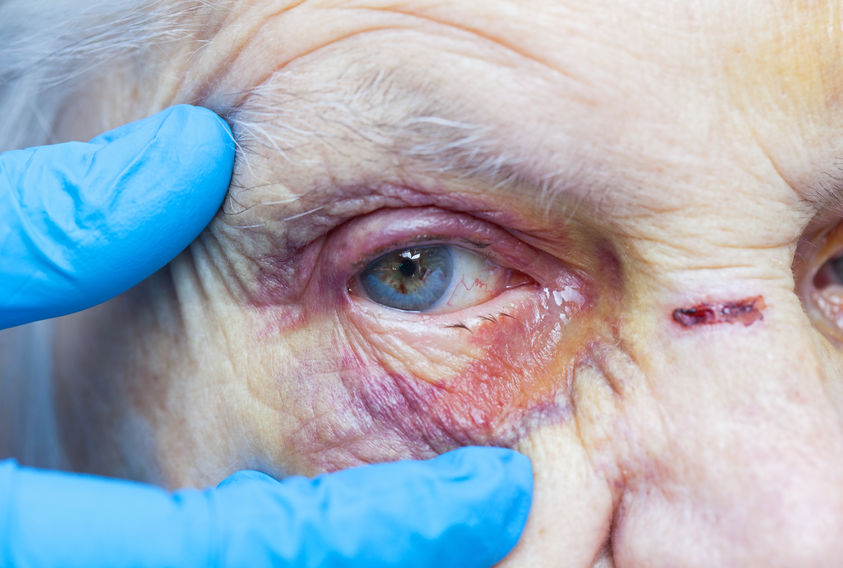This is a horrific story of a senior living community that FAILED TO PROTECT ITS RESIDENTS!
By Steve Moran
CNN closed out their 2017 reporting of the senior living sector with this story: Retirement home shut down months after attack on 86-year-old. It is a horrific story of a senior living community that FAILED TO PROTECT ITS RESIDENTS.
You can see my rant on this on LinkedIn Here: https://lnkd.in/gnUj4zj
Earlier in the year they published a story about sexual abuse in nursing homes titled: SICK, DYING AND RAPED IN AMERICA’S NURSING HOMES. While the entire article is heartbreaking the most horrifying part is this:
“Earlier this year, a CNN report found that the federal government has cited more than 1,000 nursing homes for mishandling or failing to prevent alleged cases of rape, sexual assault and sexual abuse at their facilities between 2013 and 2016.”
Not 1,000 cases, but 1,000 nursing homes. That is more than 6.5% of all nursing homes . . . and those are just the ones that got caught.
The Industry Response
I am sure I am going to get myself in trouble here with some industry leadership folks . . . but, if we are honest, the industry response runs from non-existent to pathetic. Things like:
“We can’t comment on ongoing investigations” to “We feel horrible for the residents and their families.”
THIS IS NOT GOOD ENOUGH!
And then we wonder why we have an image problem.
I am not unsympathetic to the legal challenges that particularly trade associations have with respect to calling out (or favoring one provider over another). But unless we want even more regulation and even fewer residents we need action and we need action now.
A Path Forward
We could tackle this problem in 2018. Here is how: ACHA, Argentum, and LeadingAge need to create a task force that includes providers, regulators and law enforcement to create a set of practices designed to minimize the risk. I wish I could say eliminate the risk but that is unrealistic. It might look something like this:
-
It should be about awareness and prevention.
-
It needs to strike a balance between employee rights and resident rights, recognizing residents are the most vulnerable of the two groups.
-
It needs to provide training for residents and family.
-
It needs to provide a safe harbor where residents, families and team members can report suspicious activity without fear of reprisal.
-
It needs to make it easier for law enforcement to investigate and prosecute.
Finally, there needs to be some sort of certification program that provides a safe harbor for owners and operators that are doing all that is humanly possible to prevent abuse. The program and the certification need to be strong enough that when operators are faced with criminal, licensing or civil liability they can say . . . we did all we could.
How about it industry?





